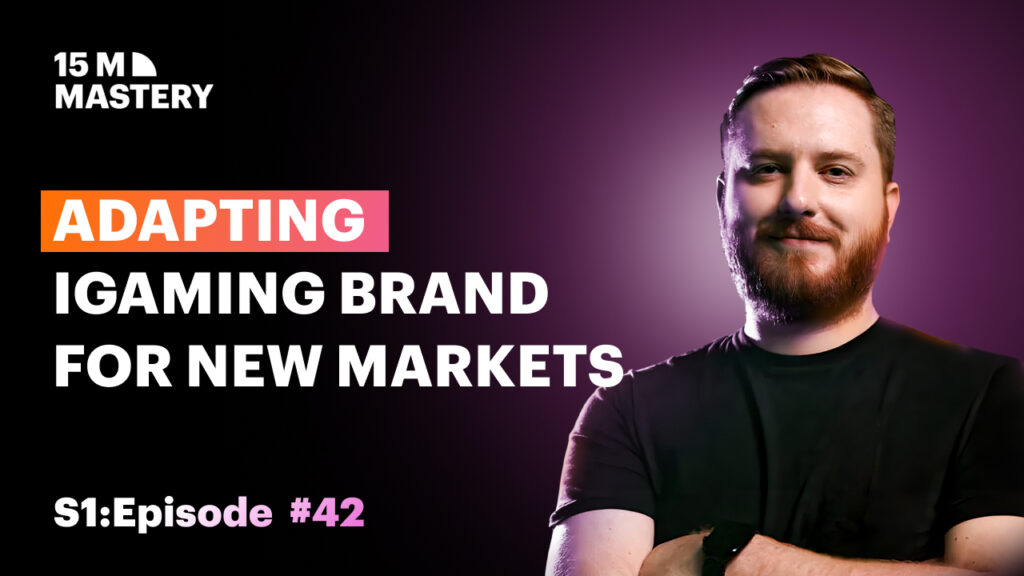Understanding and engaging your audience effectively is the cornerstone of a successful iGaming business. Market research, often underestimated, offers a blueprint to craft marketing strategies that resonate, optimise media planning, and ensure sustained growth. Dmitry Belianin shares actionable insights on how to harness the power of market research.
Identifying Key Insights for Strategic Planning
Effective marketing begins with understanding what truly matters to your audience. Dmitry emphasises that the first step is identifying valuable insights from the wealth of data available. These include:
- Customer preferences: What drives players to choose specific games or promotions?
- Behavioural patterns: How frequently do users play, and what are their spending habits?
- Market trends: Which emerging patterns indicate future opportunities?
“Extracting the most valuable pieces of information allows you to shape strategies aligned with business objectives, whether it’s customer acquisition, retention, or brand awareness,” Dmitry explains.
These insights lay the foundation for segmenting audiences and tailoring campaigns that deliver impactful results.
Segmenting Audiences for Precision Targeting
Audience segmentation ensures marketing messages resonate with the right people. Dmitry highlights key segmentation strategies:
- Demographics: Age, location, and gender can reveal significant opportunities. For instance, recognising the growing percentage of women in casino gaming can guide targeted campaigns.
- Behavioural segmentation: Understand how often users engage, their preferred games, and spending patterns.
- Interest-based targeting: Tap into motivations like escapism or raising emotional engagement during sports events.
“Knowing where your audience is and what drives them enables precise targeting, making campaigns significantly more effective,” Dmitry notes.
Informing Media Planning Through Research
Market research is instrumental in media planning. Dmitry outlines three core areas where research proves invaluable:
- Channel selection: Identify platforms your audience frequents, such as Google, Facebook, or programmatic ads.
- Budget allocation: Determine optimal spend based on channel performance.
- Timing and frequency: Understand when to launch campaigns and how often to communicate your message.
For example, if mobile usage dominates in a specific market, ensure your app promotions coincide with major sporting events. “Timing and precision can amplify your reach,” Dmitry advises.
Real-World Success Stories
A standout example of research-driven marketing is 32Red’s localisation strategy. By diving deep into market preferences, they effectively targeted niche sports like darts and boxing. Collaborating with local influencers further strengthened their campaigns. This approach exemplifies how understanding specific audience needs can lead to memorable and impactful campaigns.
“Localisation is key. Targeting the right audience with the right message avoids brand missteps and ensures resonance,” Dmitry emphasises.
Continuously Updating Market Research
In the fast-paced iGaming industry, staying updated is crucial. Dmitry recommends conducting research at least quarterly, though monthly updates are ideal in growth regions. Regular updates help:
- Adapt to behavioural shifts.
- Respond to new competitors and technologies.
- Stay compliant with regulatory changes.
“Market research should be ongoing, not a one-time activity. It’s essential for remaining competitive,” he explains.
Additionally, pre-campaign assessments and ad hoc updates ensure strategies remain relevant and effective in dynamic market conditions.
By integrating comprehensive market research into their marketing strategies, iGaming companies can unlock significant opportunities. From segmenting audiences to optimising media plans and ensuring timely updates, these steps enable businesses to engage effectively and drive sustained growth. As Dmitry aptly concludes, *”Understanding your audience and acting on insights is the key to success in this highly competitive industry.”



.svg)


